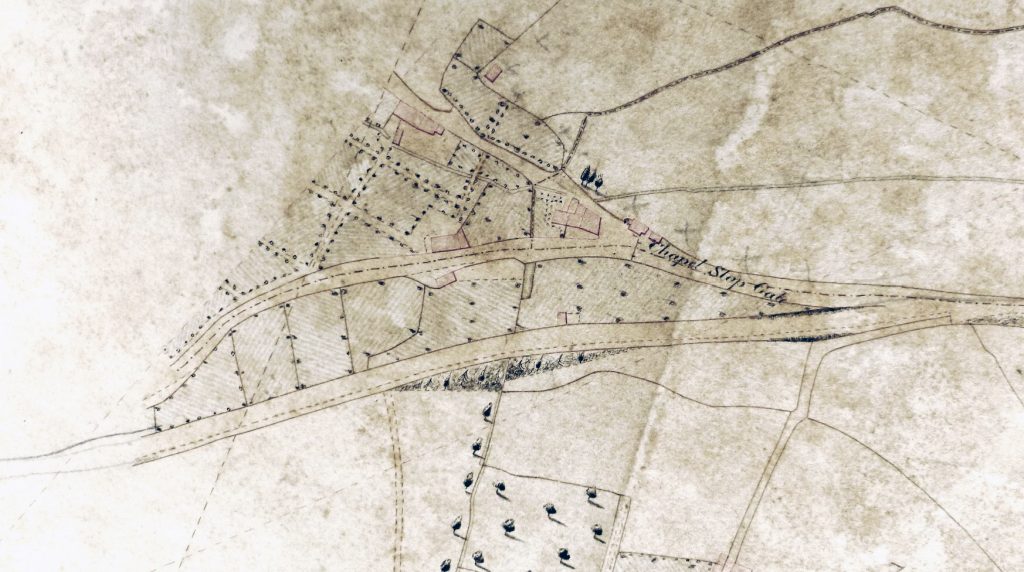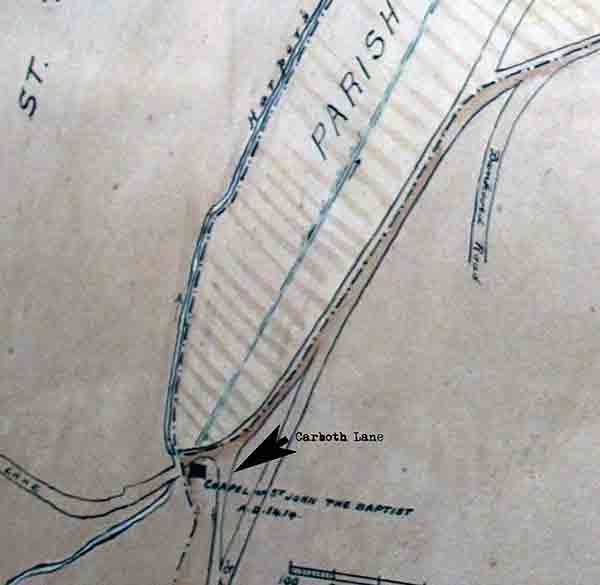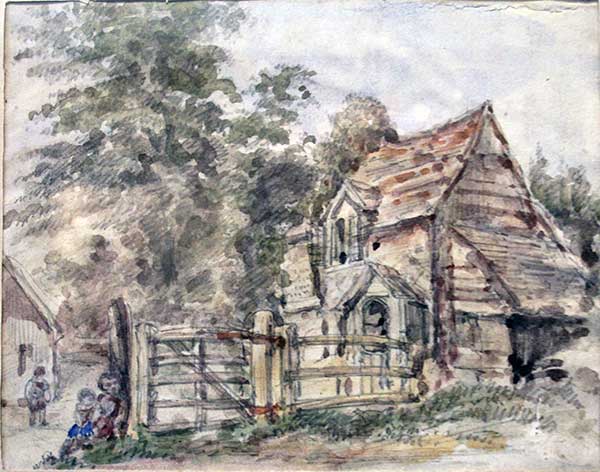.

The first recorded religious community was situated at St Stephens (part of Launceston, on part of the site of the present church), soon after 900 AD. The brethren worked among the local population, teaching them cleanliness, farming, and general workmanship.
The second Priory was first begun under the Exeter Bishopric, by ‘The fighting Bishop’ Warelwast, half-brother of William I., in C.1125 AD. It was peopled by Augustinians from the London Priory of Old Broad Street. This Priory was headed by Peter, ‘the Cornishman’, of a large land-owning family in Devon and Cornwall pre the Conquest.
The Launceston priory eventually had adjoining it five chapels, St John’s being the last to be erected. The Church of St Thomas (first dedicated to Thomas Beckett) was one of the chapels, the fabric is still in place and is the Church of the Parish of St Thomas the Apostle, Launceston, and is still the parish church in full use. It is believed the dedication was changed after Beckett was murdered by six knights, of whom one was a great local landowner, with great powers in Devon and Cornwall. Henry V made his pilgrimage just previous to leaving for France. Bishop Lacey, of Exeter is also stated to have made a pilgrimage to St John’s grave.


From The History of Launceston & Dunheved, by R. and O. B. Peter, 1886, page 119:
“To all and faithful Christians to whom these present letter shall come Henry Colyn, Mayor of the town of Launceston, and all commonalty of the same town, Greetings in the Lord. Know ye that we have given and granted to John Crese, the founder and guardian of a certain Chapel, devoted to the honour of St. John the Baptist, which he has determined to build at Trecarn Ford, in the territory or our Commonalty, a place, foundation, and land sufficient for the aforesaid Chapel, where it may be more commodiously lawfully erected; to have and to hold to the said John and his successors, of us and our successors, in pure and perpetual alms for ever . . . etc.”
The site of St. John’s Chapel is still known, but the fabric has disappeared. It stood near the fording-place over Harper’s Lake, about a furlong south-west of the Castle, by the side of the King’s Highway which led from the West Gate of the town towards Landreyne, Pennygillam Cross, Tresmarrow, and Bodmin. Trecarn Forde became Carford in 1460, Carforde in 1479-80, and Carboth in 1555. The place is now simply designated ‘Chapple’.
21st October 1967: Launceston Town Council have accepted the Tender of Messrs. H. K. Foss, of Kingsbridge, for the Chapple widening scheme, which covers the work from Meadowside Estate entrance right up to the junction with Western Road above Western Terrace; the major operation will be at the bottom, where two old cottages are to be demolished and the road improved. Work is due to commence at the end of the month.
The ford at Trecarn was bridged as late as the 1970’s and the former wooden plank footpath was done away with to widen the road in preparation for the modern housing estates to be erected. Before then it was often flooded by heavy rain running down the road due to the very poor drainage before the estate roads were built.
C.2002, brick and block housing was built beside the new bridge in the former dilapidated yard; this is the actual site (we believe) of the original chapel. On the opposite site was a high cliff with a steep top accommodating a chicken house and wire run. After widening the road the cliff collapsed, stopping up the road; it took a week or two before a concrete block retaining wall could be erected. Since then the wall was lowered for the present building to be inserted.
Visits: 102
